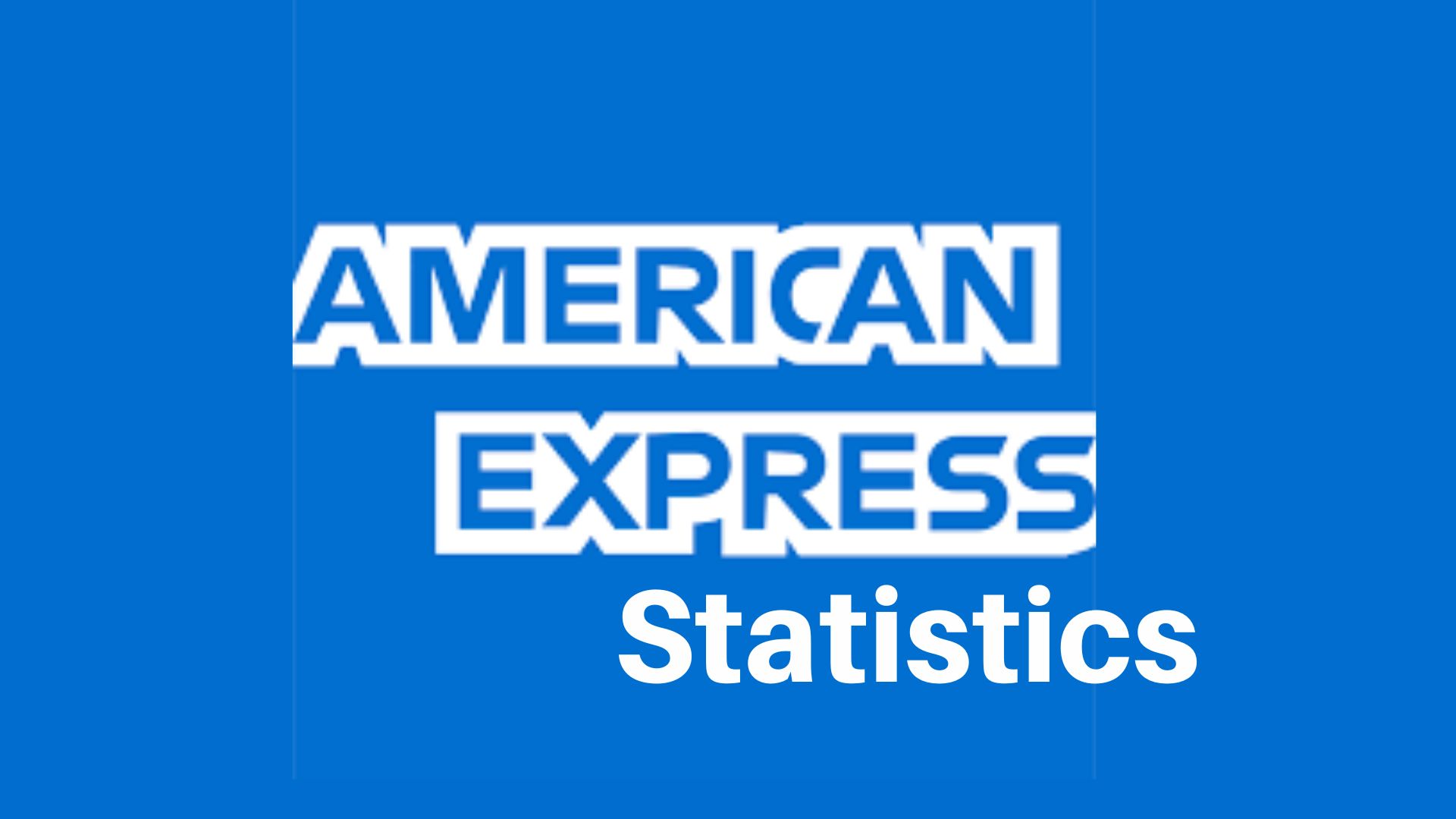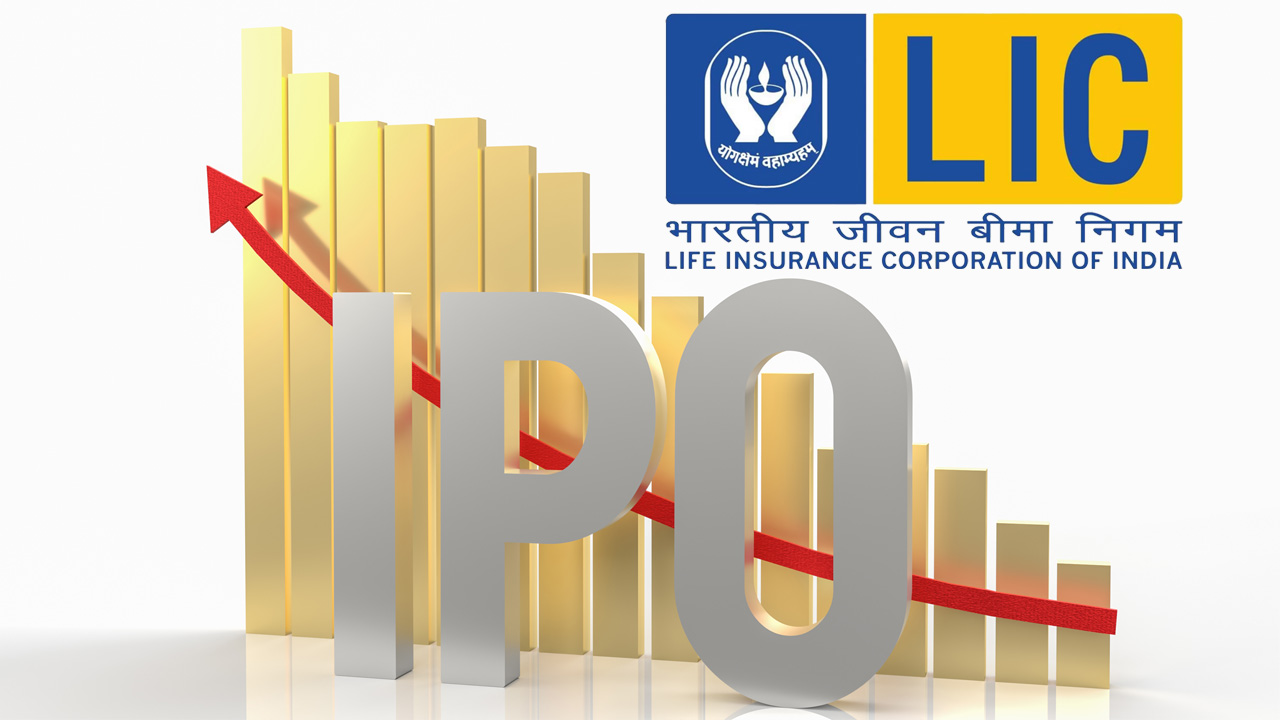Looking for the latest blogging statistics, trends, and data?
Blogging has experienced immense growth over the past decade, with millions of blogs launched annually across diverse niches and platforms. In this Stats, we aim to provide a comprehensive overview of the blogging landscape through an in-depth analysis of key blogging statistics and trends. We will examine topics ranging from the total number and growth rate of blogs to segmentation by platform and niche, blogger demographics, content statistics, engagement metrics, monetization models, average earnings, influencer marketing adoption, and predictions for the future of the industry.
Whether you are an aspiring blogger looking to understand the competitive landscape better or simply interested in the continued evolution of blogging, this post will dive deep into all the numbers and data points that characterize today’s vibrant blogging ecosystem. The insights can help blog readers, creators, and brands optimize their strategies based on an accurate understanding of where blogging stands today and where it is headed next.
Editor’s Choice
- 600 million – Total number of blogs globally (2023)
- 40% – Year-over-year growth rate of new blogs created (2021 vs 2020)
- $28 billion – Estimated total blogging market size (2022)
- 59% – Percentage of all blogs created on WordPress
- 22% – Share of blogs focused on lifestyle content topics
- 61% – Percentage of bloggers who are female
- 2.2 million – Average word count of blog posts published per day
- 47 seconds – Average time spent reading a blog post
- 58% – Bounce rate of blog visitors
- $138 – Average monthly earnings from display ads for a blog with 100,000 pageviews
- 63% – Share of bloggers who use affiliate marketing
- $250 – Average rate for an influencer-sponsored blog post (per 1,000 followers)
- 77% – Projected increase in brands’ influencer marketing budgets over the next 5 years
Blogging Segmentation Statistics
Blogging Platforms
- WordPress holds a 59% market share
- Blogger claims 18% of blogs
- 12% are Tumblr blogs
- The remaining 11% on other platforms
Content Niches
- Lifestyle blogs at 22%
- Technology 16%
- Business 12%
- Travel 8%
- Food 7%
- Other niches 35%

Monetization Models
- Display advertising is used by 43%
- Affiliate marketing popular with 63%
- 14% monetize via sponsored posts
- The subscription model has a 9% adoption
- Other models account for the remaining share
Blogging and Marketing Statistics
- Companies publishing blog posts that draw 55% more visitors and 97% more inbound links experience significantly greater success.
- 70% of bloggers who earn over $50,000 annually report being active or extremely active promoters of their blog.
- B2B buyers place the most weight on vendor websites when sourcing content (65%), followed by 3rd party websites (48%), and articles (39%).
- Statistics regarding blogging indicate that most experts believe marketers should include 2-5 keywords per blog post when targeting 2-5 keywords for marketing.
- Content quality is widely cited as one of the primary success factors among all bloggers.
- Bloggers who regularly collaborate with influencers are 70% more likely to achieve strong results.
Blogging Demographics
The blogging community today demonstrates a distinct demographic skew, with women outpacing men significantly. Of the 457 million(2022) bloggers globally, 61% are female, compared to just 39% who are male. This gender gap has widened in recent years as more women take to blogging for creative expression, supplemental income, and community building.
With regard to age, blogging attracts a youthful creator base. 68% of all bloggers fall between the ages of 18 and 34. The appeal for the millennial and Gen Z cohorts likely relates to digital native comfort levels and entrepreneurial aspirations. Only 9% of bloggers are 55 or older, showcasing room for further adoption among older demographics.
Geographically, blogging has taken off most prominently in North America and Europe, which together account for nearly two-thirds of all bloggers globally. Specifically, 39% of bloggers hail from North America, while 25% come from European nations. However, Asia Pacific and other emerging markets are rapidly growing their blogger base as well. Asia Pacific accounts for 16% currently, and Latin America comprises another 12%. Lastly, 8% of bloggers originate from Middle Eastern and African countries. While Western nations dominate for now, the geographic distribution continues to shift towards developing economies too.

Content Statistics
- 4.7 million blog posts are published per day on average.
- The average blogger publishes 201 blog posts per year.
- On a monthly basis, the typical blogger publishes 16 posts.
- The average length of a blog post is 1,240 words.
- 67% of blog posts contain primarily text content.
- 24% feature mostly images, illustrations, or graphics.
- 7% are video blog posts.
- 2% primarily embed audio content such as podcasts.
Also,
- Content quality is the number one ingredient for blogging success according to most bloggers. However, higher-earning bloggers put more focus on content promotion compared to lower-earning ones.
- On average, bloggers include 1-3 images per blog post. Visuals are an important supplement to written content.
- 42% of bloggers undertake and publish original research in their content. Conducting surveys, interviews, and analyses provides value.
- Over a third of bloggers, 37%, work with editors. Editorial input can improve content quality and readability.
- The top complaints about blog content are being too wordy, poorly written, or lacking visual design. These issues can turn readers off.
Blogging SEO statistics
- 61% of bloggers spend 1-5 hours per week on SEO activities (Social Media Today)
- The most common SEO tactics bloggers focus on are keyword research (64%), optimizing content for keywords (61%), and backlink building (51%) (Orbit Media)
- Blogs with dedicated SEO strategies receive 467% more traffic on average compared to blogs without SEO (Ahrefs)
- Having a site map improves a blog’s ability to rank by 39% and increases traffic by 51% (OptinMonster)
- Blogs that load in under 2 seconds have 65% higher conversions compared to slower-loading blogs (Think With Google)
- 53% of bloggers say their largest source of website traffic is organic search (Moz)
- The click-through rate for blog content appearing on Google’s first page is over 50% higher than page two rankings (Advanced Web Ranking)
- Blogs with longer content (1,400+ words) tend to have 46% more backlinks and 97% higher organic traffic (Neil Patel)
- 71% of bloggers believe SEO to be their main source of traffic; 68% use search engine optimization techniques and implement article schema to promote their blogs.
- 90.63% (9 out of 10) of blog posts do not receive organic traffic from Google.
- Over 85% of bloggers conduct keyword research before writing blog posts.
- Long blog posts garner on average 77.2 more backlinks than shorter ones.
- Average page ages in the top ten search engine results pages (SERPs) exceed two years.
- Word count and backlinks tend to correlate in posts with 1000 words or fewer; after 1000 words, backlinks begin decreasing with increased word counts.
Blogging revenue statistics
- 33% of bloggers earn no money whatsoever.
- Google AdSense is the most prevalent method of monetization for bloggers, followed by affiliate marketing. AdSense ranks third for high-income bloggers, who are 2.5 times more likely to sell their own product or service than to use the service.
- The majority of a blogger’s income comes from advertisements, affiliate products, sponsored product evaluations, the sale of their own products, and online courses.
- 46% of bloggers who earn over $52,000 annually sell their own product or service, whereas only 8.6% of bloggers with lower incomes do so.
- 72% of authors earning $2,000 or more per month use Mediavine or Adthrive as their ad management service.
- The culinary blog niche is the most profitable niche. Food bloggers have the highest median monthly income ($9,169) of all main niches of bloggers.
- Food (42.8%), lifestyle (13.3%), and travel (10%) are the categories with the highest proportion of blogs with more than 50,000 monthly sessions.
 (ahref)
(ahref)
Engagement and Traffic
Average Visit Duration
- The typical blog post visit is 1 minute and 47 seconds. This reflects the average time visitors spend actually reading content on a blog.
- Higher visit duration indicates greater engagement and interest in content.
- Shorter visit duration can point to issues like poor readability, weak SEO, or unengaging content.
Bounce Rates
- The average blog bounce rate is 58%.
- This means that 58% of visitors leave the blog after viewing only one page.
- 42% of visitors will bounce after reading just a single page.
- Higher bounce rates suggest content and site navigation issues to resolve.
Traffic Sources
- 28% of a blog’s traffic comes from organic search engines like Google.
- Ranking highly for relevant keyword searches is key for tapping into search traffic.
- 25% of traffic is referred from social media platforms. Facebook, Instagram, and Twitter are top referrers.
- Driving social sharing and engagement is crucial for blogs’ visibility.
- 20% of blog traffic comes directly from users typing in the URL. This shows strong brand recognition.
- 17% arrive via referrals from other websites and blogs. Partnerships can expand referrals.
- 10% comes from the blog’s own email newsletter. Building subscribers grows this ownership.
Email Newsletter Subscribers
- On average, business blogs have around 1,500 email subscribers.
- For hobby blogs, the typical email list size is around 800 subscribers.
- Growing beyond these benchmark levels can dramatically boost traffic and loyalty.
- The average blog newsletter open rate is 17%. This is the portion that open each email.
- Increasing open rates involves providing subscribers with valuable, engaging content.
Monetization and Earnings
- Average blogger earnings from monetization: $3,000 per year
- Most lucrative monetization models:
- Sponsored posts – Average of $250 per sponsored post
- Affiliate marketing – Up to 5-15% commissions per sale
- Display advertising – Average RPM (revenue per 1,000 impressions) is $5-$10
- Ad revenue benchmarks:
- Blog with 100,000 pageviews per month – $138 in monthly ad revenue
- Blog with 500,000 pageviews per month – $730 in monthly ad revenue
- Affiliate program use:
- 63% of bloggers leverage affiliate programs and networks
- Amazon Associates’ most used affiliate program
- Niche-specific affiliate platforms are also widely used
Guest Blogging Statistics
- 50.8% of bloggers reported reaching out to 10 or fewer contacts in a month, while 8% of bloggers reached out to more than 100 clients each month.
- The average cost associated with publishing a guest post is estimated to be $79.9.
- 62% of bloggers prefer publishing one to five guest posts each month.
- Blog posts written by multiple authors are seen by 63.7 % of people as more credible.
- 87% of guest post ideas come directly from bloggers themselves, yet only 52% go ahead and write the posts themselves.
ABOUT AUTHOR

Kundan Goyal possesses a wealth of experience in Digital Marketing, offering valuable insights to businesses of all sizes. He actively contributes to industry-specific PR, news outlets, and forums, shaping discussions and driving forward-thinking strategies. Outside of work, HE enjoys carrom and has a deep passion for news editing and research. His strength lies in helping companies make informed, strategic decisions and predicting future trends. With his dedication and innovative approach, he is a versatile professional who brings a unique blend of skills and expertise to the ever-evolving digital landscape, enabling businesses to thrive in this dynamic environment.









